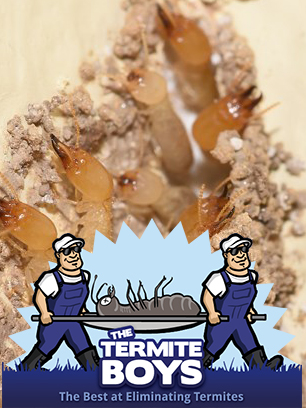Cannibalism is a common practice among arthropod species. Female on male cannibalism among certain spider species is, perhaps, the most commonly known form of cannibalism indulged by arthropods. In addition to spiders, numerous insect species also resort to cannibalism for a variety of reasons that differ depending on the species in question. Most arthropods that resort to cannibalism are solitary hunters, arachnids being the most notable. This form of cannibalism makes sense considering that solitary species, unlike social species, live for themselves, and do not rely on social cooperation in order to survive. However, cannibalism can be an advantage to social insects as well, but the reasons as to why are not immediately clear to experts. Termites may consume their fellow nestmates for a few reasons, one of which is to ingest the blood of their peers. The reasons for this vampiric feeding activity among termites is still not fully understood by scientists.
The vast majority of individual termites that comprise a colony are healthy and free from physical impairments such as, disease, wounds, severed limbs, or signs of degradation that come with old age. This does not mean that healthy and intact termites are never cannibalized by their colony members, but such instances are rare and only occur during times of crisis, such as when food is scarce or when aging termites have outlived their usefulness to the colony. Instead, wounded termites fall victim to cannibalism on a regular basis. Researchers have long known that cannibalistic activity among termites is almost exclusively limited to battle wounded individuals. This may be due to the phagostimulant components in termite blood, or hemolymph, which is the insect equivalent of blood. To put it simply, termite blood contains chemical components that induce termites into feeding on the blood. Phagostimulant components are sometimes added to termite baits in order to induce termites into consuming large amounts of poisoned bait. When a wounded termite’s blood becomes exposed, other colony members naturally suck this blood until the wounded termite is dry as a bone. The phagostimulant component in termite blood was once thought to be a chemical called as hydroquinone, but subsequent research has shown this chemical to be toxic to most termites with the exception of only a few species. While experts are currently unsure as to why termites suck the blood of their wounded peers, most experts believe that termite hemolymph as well as a wounded thorax and labial gland, have phagostimulant effects on nearby termites.
Do you know of any other insect species that feed on the blood of their fellow species’ members?

